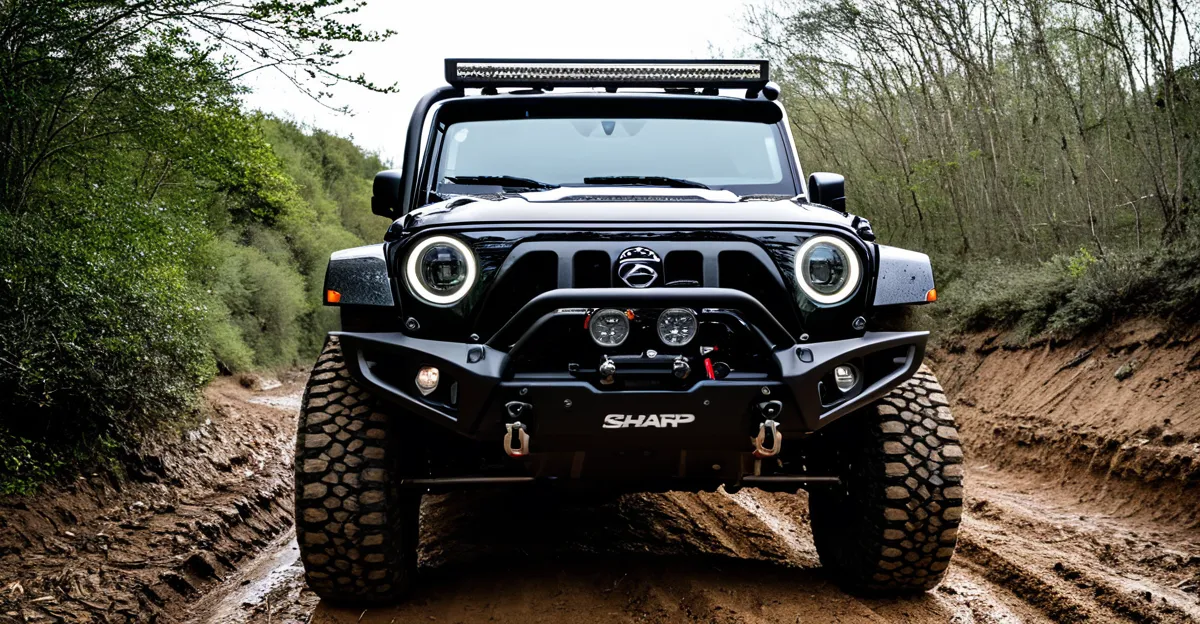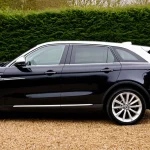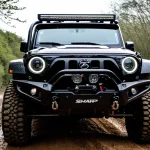Bull Bar Installation: Understanding Safety and Legal Requirements
Installing a bull bar involves more than just aesthetics—safety and legal compliance are critical. Adhering to bull bar installation safety standards protects both the vehicle occupants and pedestrians. These safety standards dictate design features like impact absorption and materials used, ensuring the bull bar does not increase injury risk during collisions.
Legal requirements for bull bars differ by region but generally regulate size, shape, and mounting height. For example, some jurisdictions mandate that bull bars on off-road vehicle accessories must be tested to meet pedestrian safety laws and not obscure vehicle lighting or license plates. Non-compliance can result in fines or even vehicle impoundment.
Also to discover : Definitive handbook for caring for your car’s headliner: proven strategies to clean and maintain your roof without sagging
Vehicle owners must prioritize compliance to avoid legal penalties and maintain insurance coverage. A thorough understanding of legal requirements for bull bars helps owners select suitable products that meet both safety and regulatory criteria. Consulting local regulations or professional installers experienced with bull bar installation safety can prevent costly mistakes and promote responsible off-road driving.
Choosing and Preparing the Right Bull Bar for Your Vehicle
Selecting the correct bull bar compatibility is crucial to ensure safety and functionality. Compatibility depends on your vehicle’s make, model, and year, as bull bars vary between SUVs, trucks, and other off-road vehicles. Before purchasing, check manufacturer specifications to find bull bars designed specifically for your vehicle.
In the same genre : Optimal minivan car seat placement: boosting side impact protection for your kids
When selecting bull bars, consider materials, design, and intended use. Steel bull bars offer excellent durability, while aluminum options are lighter but still robust. Also, examine whether the bull bar supports accessories like winches or auxiliary lighting, matching your off-road requirements.
Proper bull bar preparation before installation is essential. Begin with a thorough pre-installation inspection of mounting points and the bull bar itself, ensuring no damage or missing components. Clean mating surfaces to remove dirt or grease, promoting firm attachment and preventing corrosion. Confirm that any wiring harnesses for fog lights or sensors are compatible and functional.
Following these steps helps avoid installation issues and guarantees the bull bar performs as expected. Understanding bull bar compatibility and completing preparation tasks allows for a secure fit, enhancing your vehicle’s protection and off-road readiness.
Tools and Equipment Needed for Bull Bar Installation
Essential insights for a smooth process
Successful bull bar installation begins with having the right tools and equipment on hand. The core installation checklist typically includes a socket set, wrenches, screwdrivers, and a torque wrench to ensure bolts are tightened accurately. These are indispensable for securely mounting the bull bar to your vehicle’s frame.
Beyond the basics, adding some optional equipment can improve safety and ease. For example, a jack and stands lift the vehicle to a convenient height, reducing strain and allowing better access. Protective gloves and safety goggles shield you during the process.
Preparing your workspace is equally crucial. Ensure it’s well-lit, clean, and spacious enough to accommodate your vehicle and gear. Having a flat, stable surface prevents hazards like slipping or improper alignments.
By following this bull bar installation tools guide and assembling all required equipment beforehand, you set the stage for a secure and efficient setup. This preparation not only safeguards your vehicle but also saves time and reduces frustration during the installation itself.
Step-by-Step Bull Bar Installation Guide
Installing a bull bar requires careful attention to detail to ensure safety and functionality. Follow this step-by-step bull bar guide to achieve a secure fit.
Begin by preparing your vehicle: park on a level surface and disconnect the battery to avoid electrical issues. Remove the factory bumper carefully, saving all bolts for reuse. Align the bull bar mounting brackets with your vehicle’s chassis. Use a torque wrench to tighten bolts according to manufacturer specifications for a secure fitting.
Expert installation tips highlight the importance of checking alignment throughout the process. Make sure the bull bar is centered and level with the vehicle’s front to enhance both appearance and protection. Adjust brackets if necessary before final tightening.
Common challenges include obstructed mounting points or wiring interference. To address these, refer to your vehicle’s manual and carefully route any electrical cables. Installing fog lights or sensors on the bull bar may require splicing or adapters—always test electrical connections before finishing.
By following these expert tips and this guide, you can install your bull bar safely and confidently, enhancing your vehicle’s durability and style.
Common Mistakes and How to Avoid Them
While installing a bull bar, many fall into bull bar installation mistakes that can compromise safety, legality, and vehicle performance. One common error is improper alignment, which not only affects aesthetics but can interfere with sensors or lights. Another frequent mistake involves using incorrect mounting points or hardware, risking the bull bar becoming loose or damaging the vehicle frame.
Avoiding bull bar errors requires clear adherence to manufacturer instructions and proper tools. Ensuring the bull bar is securely fastened to designated mounting points prevents instability. Also, verifying compatibility with your vehicle model, especially regarding airbags and parking sensors, is essential to comply with safety regulations.
Expert advice emphasizes checking all bolts and connections after installation and testing components like sensors to confirm functionality. If unsure, seeking professional assistance is advisable to troubleshoot installation mishaps effectively. Ignoring these recommendations may lead to costly repairs or legal issues related to road safety standards. By focusing on installation best practices, users can ensure their bull bar enhances protection and style without unintended complications.
Maintenance and Ongoing Safety Checks for Your Bull Bar
Keeping your bull bar in optimal condition requires consistent bull bar maintenance and safety inspections. Routine care extends your bull bar’s lifespan and ensures continued protection. Start each month by cleaning the bull bar to remove dirt and debris that can accelerate wear. Use a mild detergent and soft cloth to avoid scratches.
Regular bull bar safety inspection involves checking for cracks, rust, or loose fittings. Focus on bolt tightness and any signs of corrosion, especially after off-road use or harsh weather. If you notice chipped paint or exposed metal, address these areas promptly to prevent rust.
Recognising signs of wear is critical for long-term bull bar care. Cracks, dents, or bent sections signal potential structural failure. If these appear, it’s time to consult a professional. They can assess the damage and determine if repair or replacement is necessary.
In summary, consistent maintenance and timely safety checks safeguard your investment and vehicle. Prioritize monthly inspections and keep detailed records, so your bull bar remains a reliable barrier for years to come.



